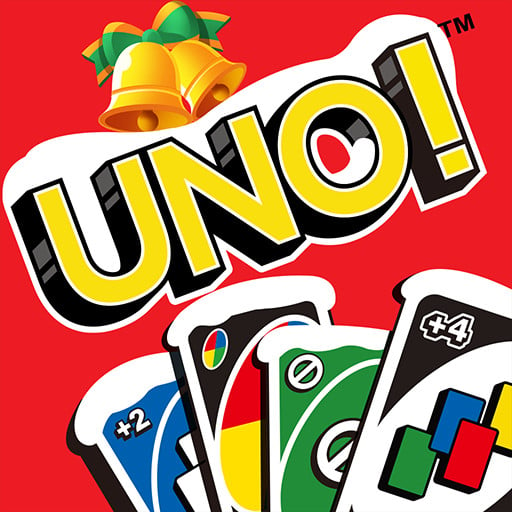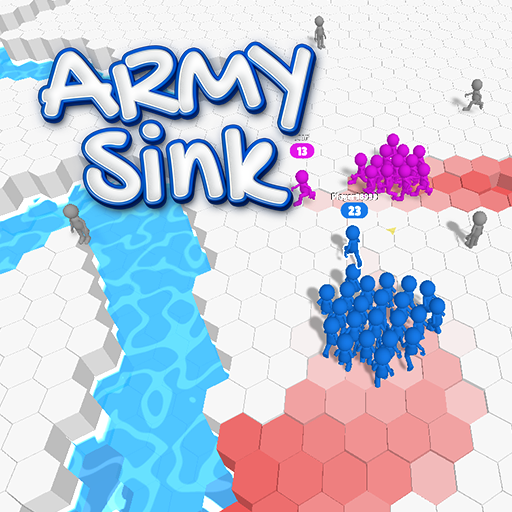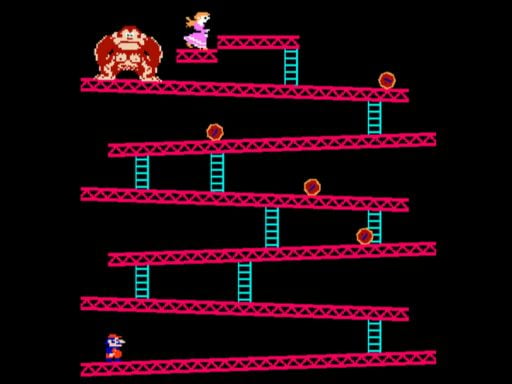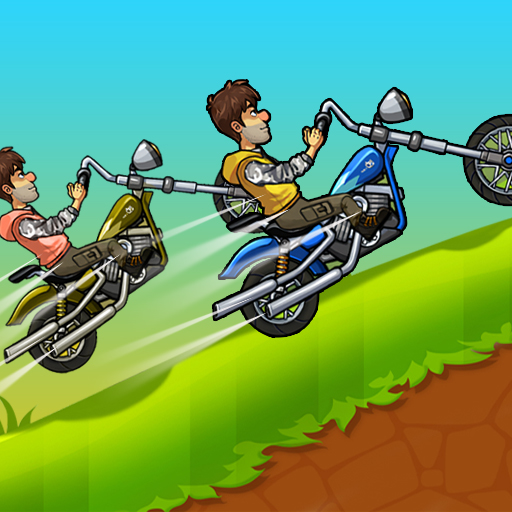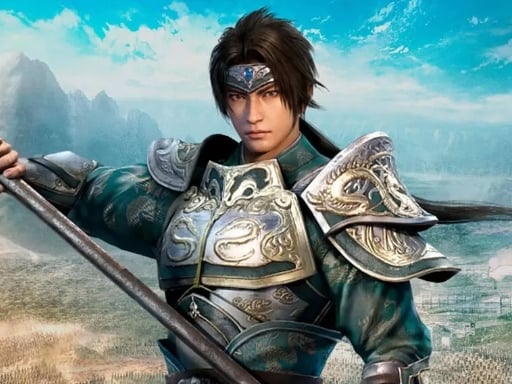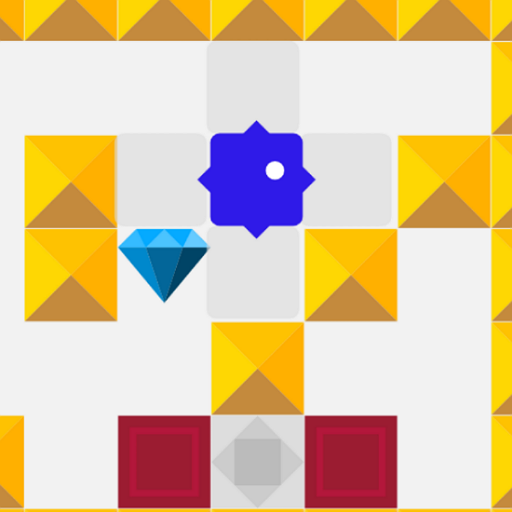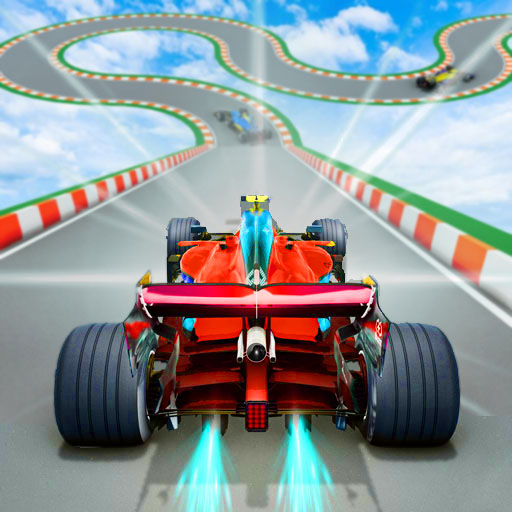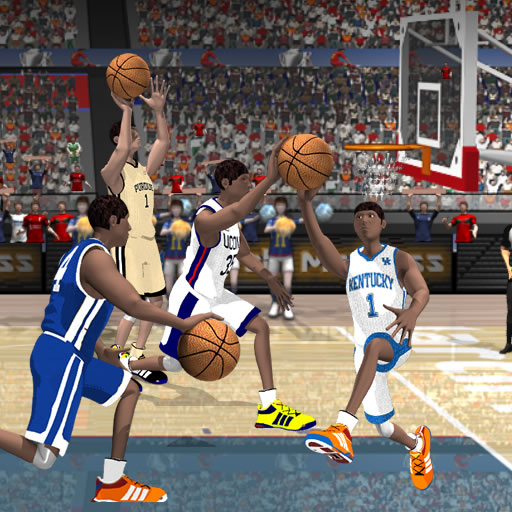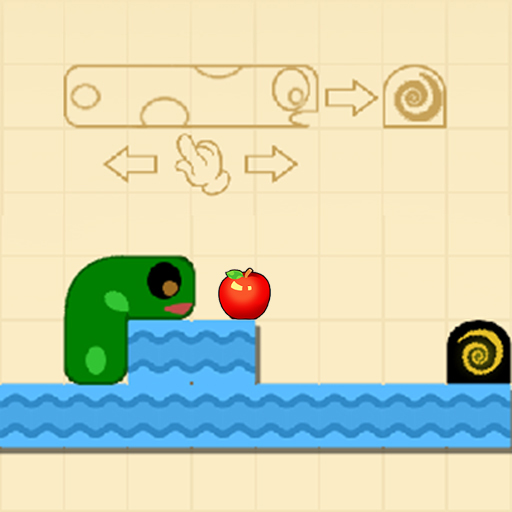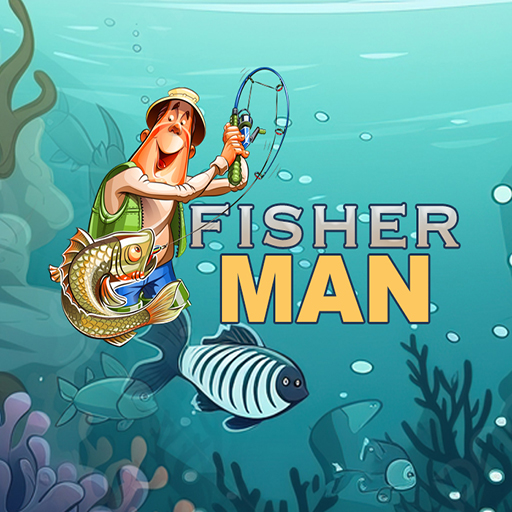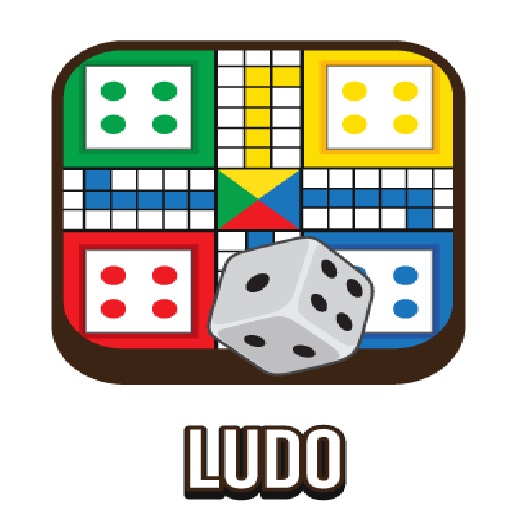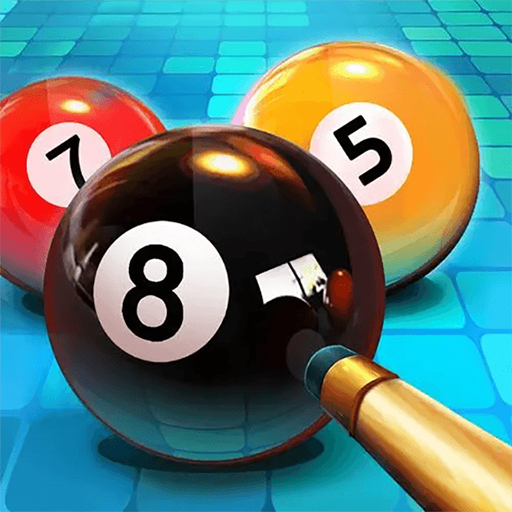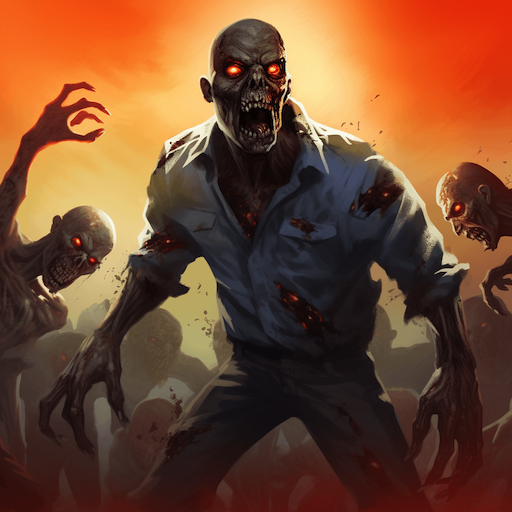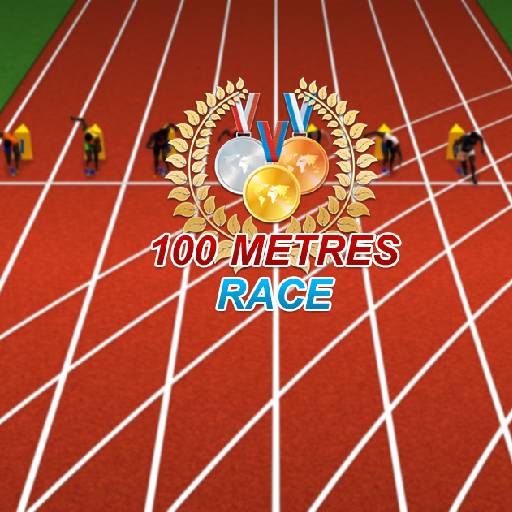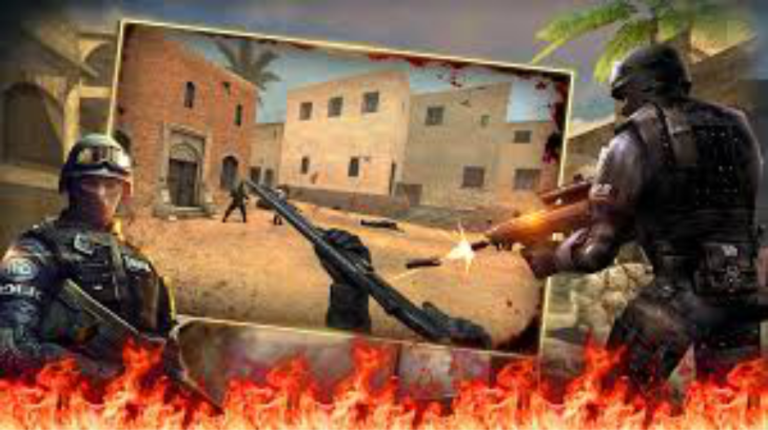Similar Games

Classic Chess
How To Play
The Classic Chess Game
Chess, a game of strategy, intellect, and patience, has captivated minds across the globe for centuries. As one of the oldest and most respected board games, it combines simplicity in design with infinite complexity in gameplay. This article explores the rich history, intricate rules, cultural significance, and enduring appeal of the classic chess game, providing a comprehensive understanding of this timeless pastime.
A Brief History of Chess
The origins of chess date back over 1,500 years. Most historians trace its beginnings to northern India in the 6th century, where it was known as chaturanga, a Sanskrit term that refers to four divisions of the military: infantry, cavalry, elephants, and chariots. These pieces evolved into what we now recognize as pawns, knights, bishops, and rooks.
From India, the game spread to Persia, where it was refined and became a staple of Persian culture. The term “checkmate” derives from the Persian phrase shah mat, meaning “the king is helpless.” As trade and conquest brought the game to the Islamic world, it further evolved and eventually made its way to Europe in the medieval period.
By the 15th century, the modern rules of chess began to take shape in Europe. The queen, originally a weaker piece, gained enhanced mobility and power, reflecting the influence of female monarchs during that era. The bishop also gained its diagonal range of movement. These changes gave rise to a faster-paced and more dynamic version of the game, which gained widespread popularity.
Understanding the Chessboard and Pieces
Chess is played on an 8×8 grid, with alternating light and dark squares. The game starts with 16 pieces per side: one king, one queen, two rooks, two knights, two bishops, and eight pawns. Each piece has its unique movement patterns, which form the foundation of the game’s strategy.
The king is the most important piece, and the ultimate goal is to checkmate your opponent’s king, rendering it unable to escape capture. The queen is the most versatile, capable of moving any number of squares vertically, horizontally, or diagonally. The rooks excel in straight-line movement, while bishops dominate diagonal paths. Knights are unique in their ability to “jump” over other pieces in an L-shaped pattern. Lastly, pawns are the foot soldiers of the game, advancing one square forward but capturing diagonally.
Understanding how these pieces interact on the board is critical to mastering the game. Beginners often start by learning basic tactics, such as controlling the center of the board and developing pieces efficiently, before progressing to advanced strategies.
The Rules of Chess
Chess begins with a standard opening setup. White moves first, followed by black, and players alternate turns. Each move consists of repositioning a single piece, with the exception of castling, which allows the king and a rook to move simultaneously under certain conditions.
Pawns have a unique rule known as “en passant,” which enables them to capture an opposing pawn that has advanced two squares on its first move. Additionally, when a pawn reaches the opposite side of the board, it can be promoted to any piece, usually a queen.
The endgame focuses on achieving checkmate, where the opposing king is placed in a position of inevitable capture. If a king is under threat but has legal moves to escape, it is in “check.” A game can also end in a draw, either by agreement, stalemate, insufficient material for checkmate, or the 50-move rule, where no pawn move or capture has occurred in 50 consecutive moves.
The Evolution of Chess Strategy
Over the centuries, chess has evolved into a sophisticated game of strategy. The study of openings, middle-game tactics, and endgame techniques has led to the development of extensive theories.
Openings are the initial moves that set the stage for the rest of the game. Popular openings like the Sicilian Defense, Ruy López, and the Queen’s Gambit have been analyzed extensively, with players memorizing sequences to gain an advantage. The middle game involves creating and executing strategies, such as attacking the opponent’s king, controlling key squares, or weakening their pawn structure.
Endgames are where precision becomes paramount. With fewer pieces on the board, each move carries significant weight. Mastering endgame techniques, such as using the king actively or achieving pawn promotion, is essential for success.
The advent of chess engines and computer analysis has revolutionized strategy. Programs like Stockfish and AlphaZero can analyze millions of positions per second, offering insights that even grandmasters find invaluable. This blend of human ingenuity and artificial intelligence continues to push the boundaries of what is possible in chess.
The Global Appeal of Chess
Chess transcends borders and cultures, uniting players from diverse backgrounds. It is played in homes, schools, clubs, and tournaments worldwide. Online platforms like Chess.com and Lichess have further expanded its reach, enabling players to connect and compete across continents.
The game’s appeal lies in its balance between accessibility and depth. Beginners can grasp the rules within minutes, yet mastering chess requires years of practice and study. Its emphasis on critical thinking, patience, and problem-solving makes it a valuable educational tool, particularly for young minds.
Chess has also become a cultural phenomenon. Iconic matches, such as the 1972 World Chess Championship between Bobby Fischer and Boris Spassky, captured global attention during the Cold War. More recently, the Netflix series The Queen’s Gambit reignited public interest, showcasing the drama and brilliance of the game.
Competitive Chess and Grandmasters
The world of competitive chess is as intense as it is prestigious. Tournaments range from local events to global championships, with formats including classical, rapid, and blitz games. Classical games, with their longer time controls, allow for deep strategic planning, while rapid and blitz games emphasize quick thinking under pressure.
The title of Grandmaster (GM) is the highest accolade in chess, awarded by FIDE (the International Chess Federation) to players who achieve exceptional performance. Legendary grandmasters like Garry Kasparov, Anatoly Karpov, and Magnus Carlsen have left indelible marks on the game.
Magnus Carlsen, often regarded as one of the greatest players in history, has dominated the chess world since becoming the World Champion in 2013. His innovative style and remarkable consistency have inspired a new generation of players.
Chess as a Lifelong Journey
One of the most fascinating aspects of chess is its infinite possibilities. With over 10^120 potential positions, no two games are exactly alike. This vastness ensures that players can always learn and improve, regardless of their skill level.
Chess is more than a game; it is a reflection of life. It teaches patience, resilience, and the importance of planning ahead. Every move has consequences, mirroring the cause-and-effect nature of real-world decisions.
For many, chess becomes a lifelong passion, offering both intellectual stimulation and emotional fulfillment. Whether played casually with friends or competitively at the highest level, it remains a source of joy and discovery.
The Future of Chess
As technology advances, chess continues to evolve. Online platforms have made the game more accessible than ever, while artificial intelligence offers new opportunities for learning and analysis. Live-streamed tournaments and content creators have brought chess to a broader audience, turning it into a spectator sport.
The growing popularity of chess among younger generations bodes well for its future. Initiatives like school chess programs and community clubs aim to nurture talent and make the game more inclusive.
Moreover, the intersection of chess and technology presents exciting possibilities. Virtual reality and augmented reality could transform how players experience the game, while AI-driven training tools could revolutionize how players improve their skills.
Conclusion
The classic chess game is a testament to the enduring power of human creativity and intellect. From its ancient origins to its modern iterations, chess has captured the imagination of millions, offering a unique blend of strategy, competition, and artistry.
Whether you’re a seasoned player or a curious beginner, chess invites you to embark on a journey of endless exploration and growth. It is more than a game; it is a celebration of the human spirit and a reminder of our capacity for innovation and mastery.




